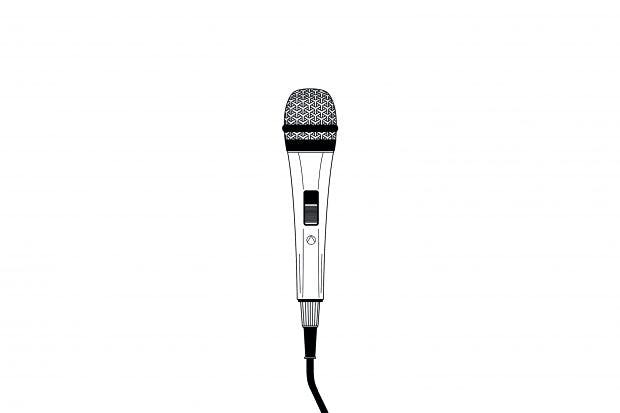
In the October issue of Apollo magazine, writer and composer Robert Barry assesses how museums today have integrated—or failed to integrate—the many forms of sound art that have proliferated over the past several decades. He finds that while sound art seems to “at least to have a seat at the table” in major museums and galleries, its uptake has been much slower than other art forms that emerged around the same time, such as video and installation works. The reason for this, writes Barry, is that the visual holds unrivaled sway over the production and display of art today, leaving behind the other senses such as hearing and touch. Read an excerpt from Barry’s piece below, or the full text here.
By the 19th century, seeing was being cast as the unique and privileged path to knowing. To this end, a whole disciplinary apparatus was marshalled to maintain the proper attitude of solemn spectatorship in the first public museums. The art critic Jonathan Crary has written at length about what he calls a ‘separation of the senses’ in the 19th century, which created a mystified relation between the viewer and ‘new objects of vision’ such as photographs, commodities, and museum exhibits. What he speaks less of is the way such a separation is subtly enforced, in a museum context, by the presence of uniformed guards, and by the architecture of the gallery spaces themselves – their typically echoey, reverberant form tends to throw back upon the speaker their own voice as something alien and uncanny.
We can still, to a large extent, recognise the contours of this disciplinary regime in our contemporary museums – the injunctions to shush and not touch, and the many subtle ways we are encouraged to police our own behaviour in the presence of ‘great works’. But art’s ocular bias, its separation of works and senses from one another, can’t help but seem harder to maintain in the light of art’s own development over the last century. Thankfully, there is growing evidence of a change in attitudes. We are already beginning to witness the emergence of a more polyphonic, multisensory, and downright noisy kind of spectatorship. The museum of the future may yet cater to the ears as much as the eyes.
Image: The Lindström Effect. Via Apollo.